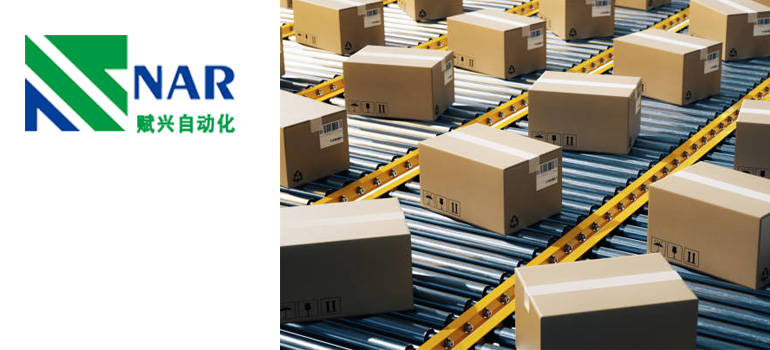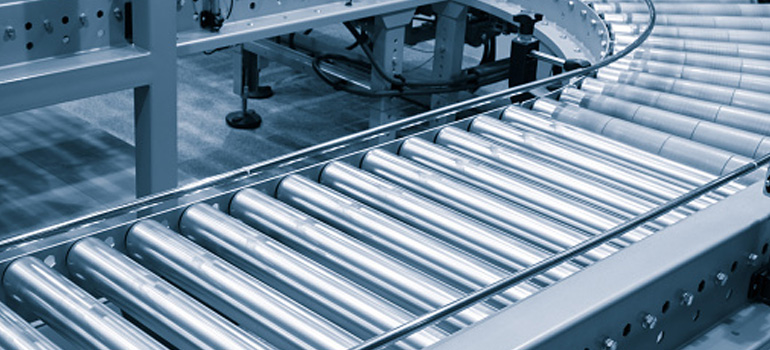Summary:
Conveyor Roller Replacement: What You Need to Know
What is conveyor rollers?
Application of conveyor roller
Benefits of investing on conveyor system?
Maintenance of a conveyor roller system
5 tips to quickly and easily replace your conveyor rollers
Conveyor rollers are important components of any conveyor system, and if one breaks down, your whole operation can grind to a halt. Because of this, it’s important to have the right information about what to do if your rollers need replacement or repair.
Conveyor rollers often get overlooked by their owners due to their size and position within the machine. As long as there are no noise or heat coming from them, many business owners ignore that there may be a problem with them until they break down completely.
The downside to this approach is that at some point in time, they will break down completely if neglected too long; which will cause a lot of downtime for your production line. Here are some things you need to know about conveyor roller replacement so that you can keep your business running smoothly no matter what may happen!
What is conveyor rollers?
The conveyor roller is a highly-specific component of many different types of machinery, and it serves an extremely important function. In essence, the conveyor roller is what transports items from one point to another.
The typical type of transport (rolling in a linear direction) is made possible by the use of these rollers. They are usually very heavy duty and can handle a great deal of pressure from objects being transported upon them.
Application of conveyor roller

The conveyor roller is one of the most important parts of a production line, so when it needs to be replaced, you want to know what’s involved in order for the job to be done well. With the right equipment and assistance from an experienced installation team, your process can remain up and running with minimal disruption.
The conveyor system has a special and enduring utility for simplifying product movement in a variety of sectors. This comprises the manufacturing, mining, food and beverage, bottling, logistics and storage, and packaging sectors.
The proper operation of belts, chains, rollers, and skate wheels in various conveyor roller systems ensures that commodities are transported without damage to their quality. Beans, packaged goods, canned food and vegetables, automobile parts, tyres, pharmaceuticals, and other items have been the most frequent items transported using the conveyor system, despite the fact that any kinds of materials can be transported through it.
Benefits of investing on conveyor system
- The Conveyor System can safely transfer products between levels without relying on elevated conveyors.
- It may be implemented at various workplaces while maintaining product safety and making moving those things easier.
- Depending on the business utility, the roller conveyor system is offered in a variety of shapes, sizes, and weights.
- It contains modern features that are designed to reduce accidents and injuries while increasing workplace efficiency.
- Conveyor system alternatives include hydraulic, mechanical, and fully automated systems, all of which are designed to meet diverse commercial demands.
Maintenance of a conveyor roller system
The conveyor system is indeed useful, but in order to maintain its effectiveness, maintenance is also necessary. The conveyor roller system, for instance, is comparable to any electrical device that may need repair if one or more of its parts becomes worn out. Therefore, the conveyor system should be serviced regularly in order to save money on repairs. Prioritizing an examination of the conveyor system’s performance can help you to ensure that your company’s manufacturing, packing, and delivery processes are carried out successfully.
Regular inspections, system audits, and other spares monitoring should be prioritized to keep an eye on any type of problem impeding the conveyor roller system’s operation in order to make this achievable.
5 Tips to Quickly and Easily Replace Your Conveyor Rollers
If you’re responsible for running or maintaining conveyor systems, you know it can be challenging to keep things in working order, especially when the moving parts wear out and need to be replaced. Fortunately, there are plenty of easy steps you can take to ensure your rollers get replaced quickly and properly, so your operation can be back up and running in no time at all. Here are five tips on how to replace conveyor rollers .
1) Prepare Your Workspace
Before you begin the roller replacement process, be sure that you have everything ready to go. This includes a vice grip, wrench, cutting device such as a hacksaw, a level surface like a table or sawhorse, and finally new rollers if they’re not being salvaged from the old ones. Now’s also a good time to work on your safety gear such as goggles.
2) Turn Off the Power
It’s very important that you make sure the power is off before starting any work. Use the circuit breaker on the wall or cut the power from an outside source. Turning off the power will prevent shocks from occurring, as well as minimize the chance of sparks. Although there are many different types of rollers, it’s best to know what type you need for your machine. Check your old roller against a new one to make sure they match in size and shape. Always measure twice before cutting anything! Be careful not to damage anything else in the process, too!
3) Remove Seals, Gaskets, Spacers
After the seal has been removed, you should remove the two gaskets that were on either side of the seal. Then using a pair of pliers, remove all spacers along the length of the roller by twisting them as needed.
4) Clean All Parts with Solvent and Cotton Swabs
One of the best ways to deal with a gummed up roller is to clean it. This can be done by placing a solvent-soaked cotton swab over the roller, which will dissolve any gum or sticky mess in seconds. Just keep in mind that you may need to repeat this process a few times if there is a thick coating of gum on the roller. Otherwise, take some time and clean all parts with a solvent and cotton swabs before reassembling them.
5) Assemble New Roller(s)
Start by using a punch or centerpunch to mark the locations for the mounting holes on the inside surface of the cover. Drill pilot holes at these points, just large enough for a drill bit or screwdriver. Insert screws and tighten until they are snug but not too tight. With the old roller removed, slide new rollers into place in the same orientation as before.
CONCLUSION
In Conclusion, the process of replacing conveyor rollers can be complex and daunting, but with a bit of planning and information, it can be accomplished with relative ease. Be sure to know your equipment’s needs before you make any changes, as this will help you plan ahead.

